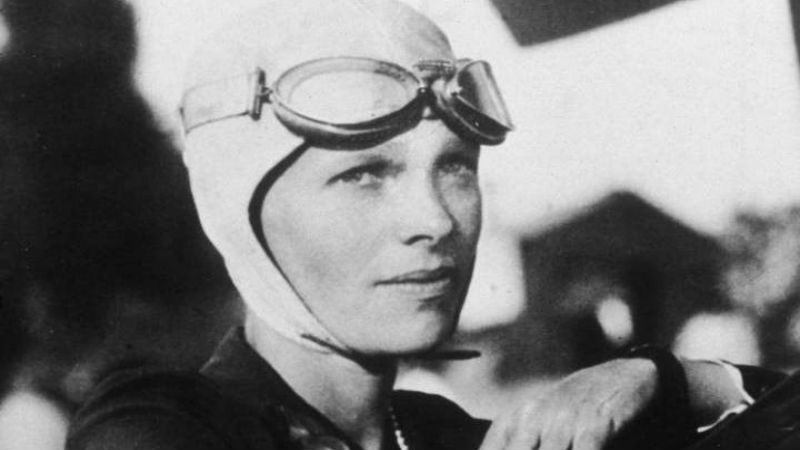A pioneering woman, with an adventurous spirit that led her to play a leading role in some of the most important aviation milestones of her time.
Among the forerunners we can mention
Raymonde Laroche (France, 1888-1919), who is cited as the first woman to fly a heavier-than-air powered aircraft in 1909.
- Thérèse Peltier (France, 1873-1926), who may have flown an aircraft a year before Laroche.
- Harriet Quimby (United States, 1875-1912), who obtained her licence in 1911 and flew over the English Channel a year later.
- Ruth Law (United States, 1887-1970), the first woman to fly at night. She fought to break down stereotypes of women aviators. Her article Let Women Fly! (1917) is famous.
Among her contemporaries, the following stand out
- Adrienne Bolland (France, 1895-1975), who flew over the Andes in 1921.
- Hélène Dutrieu (France, 1877-1961), who broke records for speed, altitude and duration, but is remembered for flying without a corset.
- Marie Marvingt (France, 1875-1963), Lydia Litvyak (Russia, 1921-1943) and Mari Pepa Colomer (Spain, 1913-2004), female war aviators who served their countries.
- Beryl Markham (UK, 1902-1986), who, in 1932, shortly after Amelia Earhart's flight, flew from Ireland to Canada, setting the record for crossing the Atlantic from east to west.
-Amy Johnson (England, 1903-1941) pioneer of British aviation.
Later
- Jerrie Mock (United States, 1925-2014) made history as the first woman to fly solo around the world (1964).
- Helen Richey (United States, 1909-1947), the first female commercial pilot in the United States, broke the endurance record in 1933, flying ten days in a row.
- Shaesta Waiz (Afghanistan, 1987- ) who in 2017 became the youngest woman to fly solo around the world.
In Spain, among others, we can name the following women
- M.ª de la Salud Bernaldo de Quirós Bustillo (1898-1983), the first Spanish woman with a pilot's licence,
- Margot Soriano Ansaldo (1908-1991), the second Spaniard to obtain a pilot's licence,
- Irene Aguilera (c.1900- c.1960), said to be the first Spaniard to learn to fly aeroplanes.
- Dolors Vives Rodón (1908-2007), a pilot in the Republican Army during the Civil War, as was Mari Pepa Colomer.
Bettina Kadner (Madrid, 1946- ), who until 1985 was the only female aviator to fly a passenger plane.
Other American women's rights activists of those years include Mary Lou Baker (1914-1965) and Rosalyn Baxandall (1939-2015).
